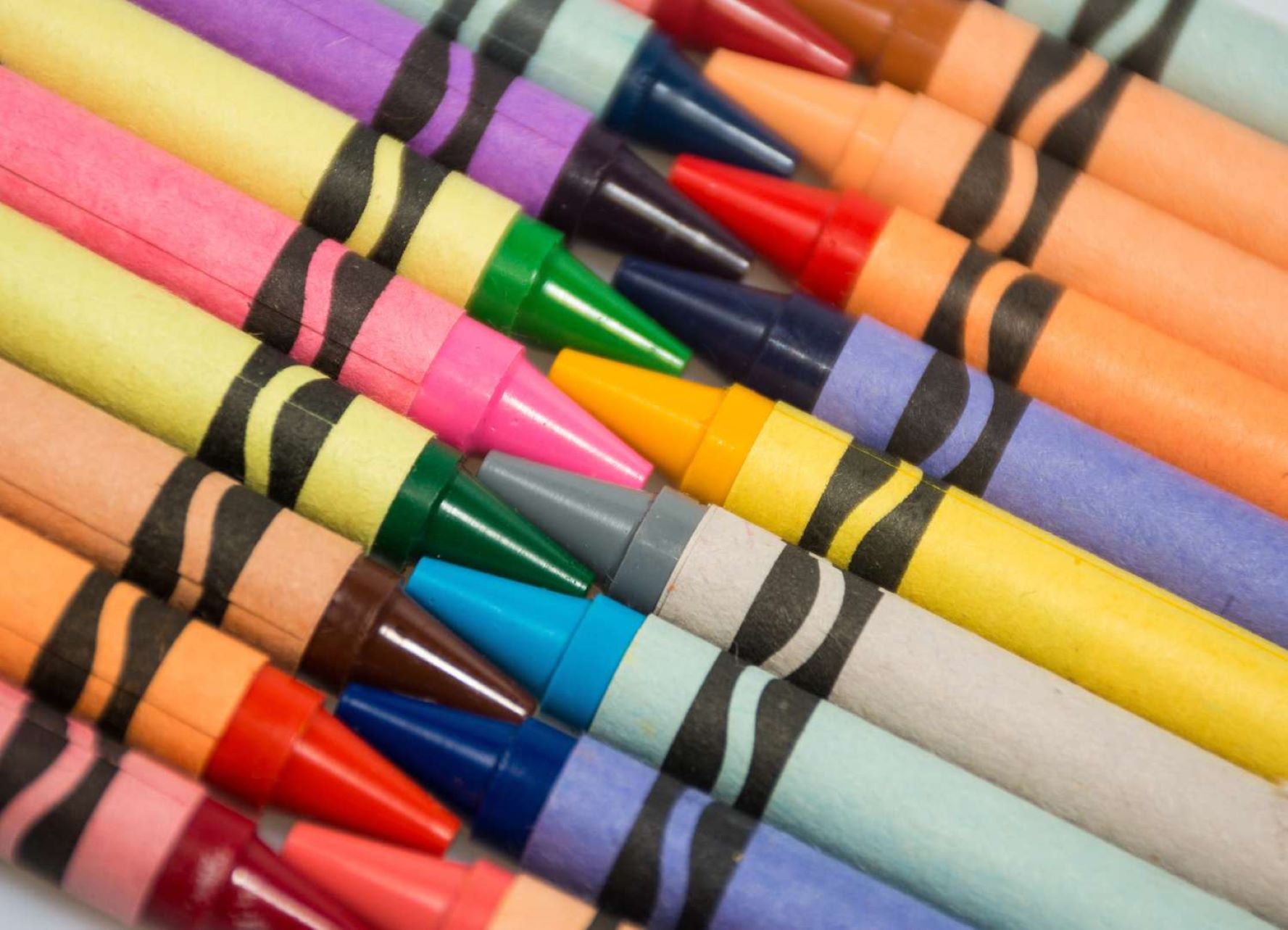
When it comes to artistic tools, crayons have long been a beloved staple in both the classroom and the playroom. These vibrant sticks of color have been bringing joy to children and artists alike for decades. However, there’s more to crayons than meets the eye. In this article, we will delve into 15 fascinating facts about crayons that you may not know. From their humble beginnings to their surprising uses and even their impact on our emotional well-being, crayons have a rich history and a versatile nature. So, let’s grab our crayons and embark on a colorful journey to discover the hidden world of these simple yet powerful tools!
Key Takeaways:
- Crayons are more than just a kids’ art supply. They can be used by people of all ages for relaxation, therapy, and creating large-scale artwork. They also have a long shelf life and can be recycled.
- Crayons are made from wax and come in a variety of colors. They are non-toxic, blendable, and can be used on different surfaces. They have a distinct smell and have inspired innovative products like crayon markers and twistable crayons.
Crayons come in a variety of colors.
Crayons are known for their vibrant colors which include red, blue, green, yellow, orange, purple, and more. They are a popular choice for children’s art activities and can be found in many different shades and hues.
Crayons are made from wax.
The main ingredient in crayons is wax, which gives them their solid and smooth texture. The type of wax used can vary, but common options include beeswax, paraffin wax, and soybean wax.
Crayons were invented in the 20th century.
The modern crayon as we know it today was invented in the early 20th century. Edwin Binney and Harold Smith developed the first Crayola crayons in 1903, introducing them to the market as a safe and easily portable coloring tool for children.
Crayons are non-toxic.
Most crayons are made with non-toxic materials, ensuring that they are safe for children to use. However, it is always important to check the packaging for any specific safety guidelines provided by the manufacturer.
Crayons can be blended together.
One of the unique features of crayons is their ability to blend together when coloring. By layering different colors and using various techniques, artists can create smooth transitions and gradients on their artwork.
Crayons have been used to create large-scale artwork.
Some artists have taken crayon art to a whole new level by creating massive murals and installations using crayons as their medium. These intricate and colorful pieces showcase the versatility and beauty of crayons as an artistic tool.
Crayons have a distinct smell.
Anyone who has used crayons is familiar with their nostalgic smell. The unique scent of crayons is often associated with childhood and can evoke feelings of creativity and imagination.
Crayons are not just for kids.
While crayons are generally seen as a children’s art supply, they can also be enjoyed by people of all ages. Many adults find coloring with crayons to be a relaxing and therapeutic activity.
Crayons can be used on different surfaces.
Although crayons are commonly used on paper, they can also be applied to other surfaces such as cardboard, fabric, and even wood. This versatility allows artists to explore different textures and create unique works of art.
Crayons can be melted to create new art forms.
Melting crayons have become a popular technique in crafting and art projects. By heating crayons, artists can create vibrant drips, splatters, and abstract patterns, making for visually stunning and colorful artworks.
Crayon art therapy is a recognized form of therapy.
Crayon art therapy has been found to be effective in promoting relaxation, reducing stress, and improving mental well-being. It is often used as a therapeutic tool for individuals of all ages, helping them express themselves and explore their emotions.
Crayons have inspired various innovative products.
The popularity of crayons has led to the development of other creative products such as crayon markers, twistable crayons, and washable crayons. These innovations offer additional options and conveniences for artists and coloring enthusiasts.
Crayons have a long shelf life.
Unlike other art supplies that may dry up or become unusable over time, crayons have a long shelf life and can last for many years if stored properly. This makes them a durable and reliable coloring tool.
Crayons have been used for educational purposes.
Crayons are often used in educational settings to aid in teaching and learning. They can help develop fine motor skills, hand-eye coordination, and encourage creativity and self-expression.
Crayons can be recycled.
Many crayon manufacturers and organizations have implemented recycling programs to reduce waste. Crayons can be melted down and repurposed into new crayons or used in other manufacturing processes.
Conclusion
In conclusion, crayons are not just simple coloring tools. They have a fascinating history, come in a wide array of colors, and are made using a unique process. Crayons are enjoyed by people of all ages and have a variety of uses beyond just coloring. Whether you’re an artist, a student, or simply someone who enjoys expressing creativity, crayons are a versatile and beloved tool.
FAQs
1. How were crayons invented?
Crayons were invented by Edwin Binney and C. Harold Smith in 1903. They developed a mixture of wax and pigments that produced a smooth and blendable writing instrument.
2. Are crayons safe for children?
Yes, crayons are generally safe for children to use. However, it is important to ensure that young children do not ingest crayons, as they are not meant to be eaten.
3. Can crayons be recycled?
Yes, crayons can be recycled. There are various organizations and programs that collect old and broken crayons, melt them down, and turn them into new crayons.
4. Are all crayons non-toxic?
Most modern crayons are non-toxic and comply with safety regulations. However, it is always a good idea to check the packaging or labels for any specific warnings or recommendations.
5. Can crayons be used on different surfaces?
While crayons are primarily used on paper, they can also be used on a variety of surfaces such as cardboard, fabric, and wood. However, different surfaces may require different techniques or preparations.
Crayons have captured imaginations for generations, but there's more to these colorful tools than meets the eye. From their fascinating history to innovative uses, crayons continue to inspire artists of all ages. If you're curious about the beloved character Crayon Shinchan or want to explore Crayola's vibrant world, we've got you covered. Aspiring artists might also find our recommendations for beginner-friendly drawing tablets helpful in bringing their creative visions to life. So, whether you're a crayon enthusiast or an art novice, keep exploring and unleashing your creativity!
Was this page helpful?
Our commitment to delivering trustworthy and engaging content is at the heart of what we do. Each fact on our site is contributed by real users like you, bringing a wealth of diverse insights and information. To ensure the highest standards of accuracy and reliability, our dedicated editors meticulously review each submission. This process guarantees that the facts we share are not only fascinating but also credible. Trust in our commitment to quality and authenticity as you explore and learn with us.


